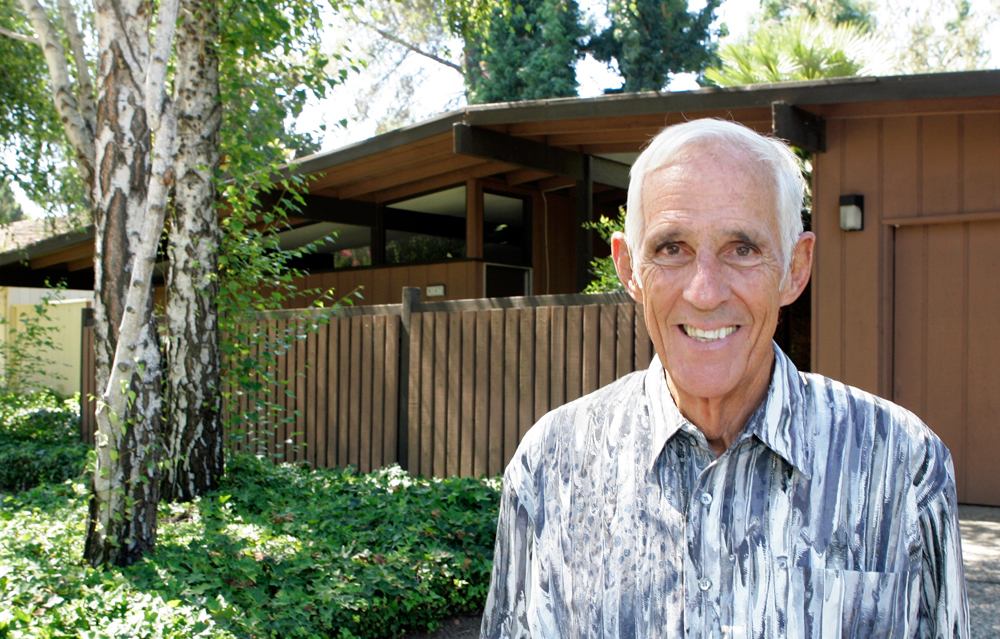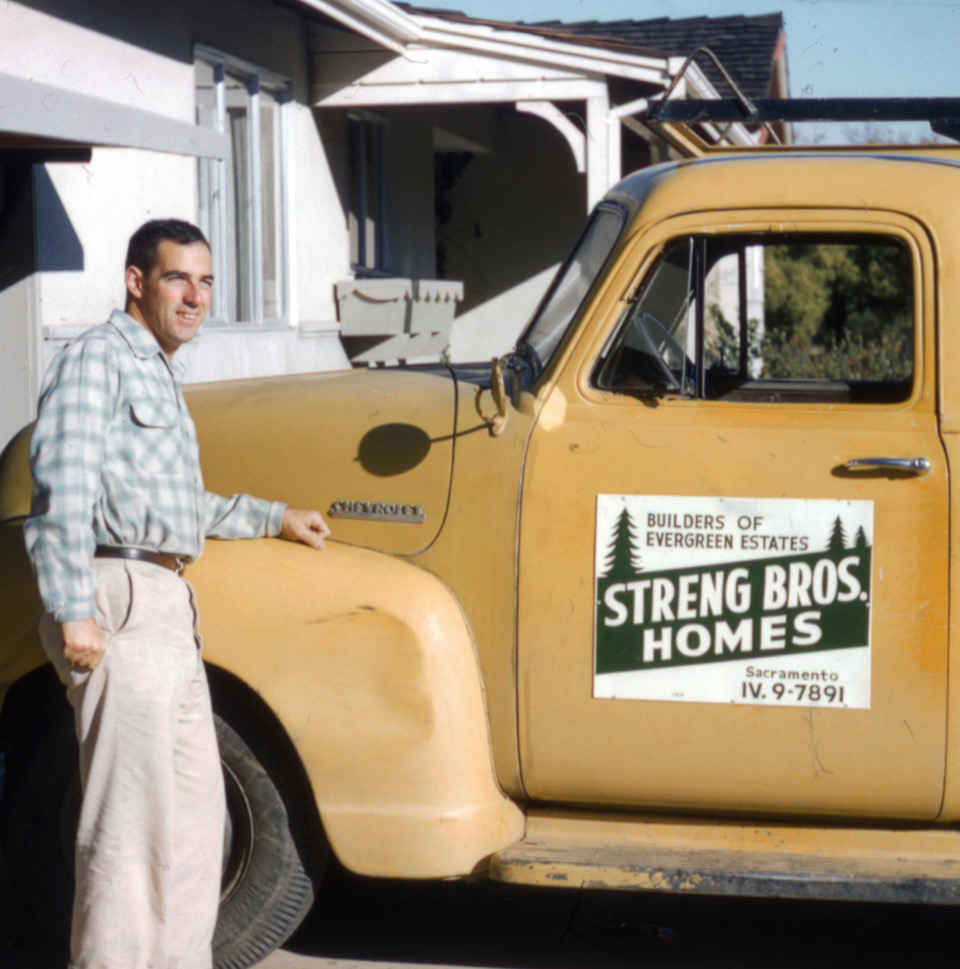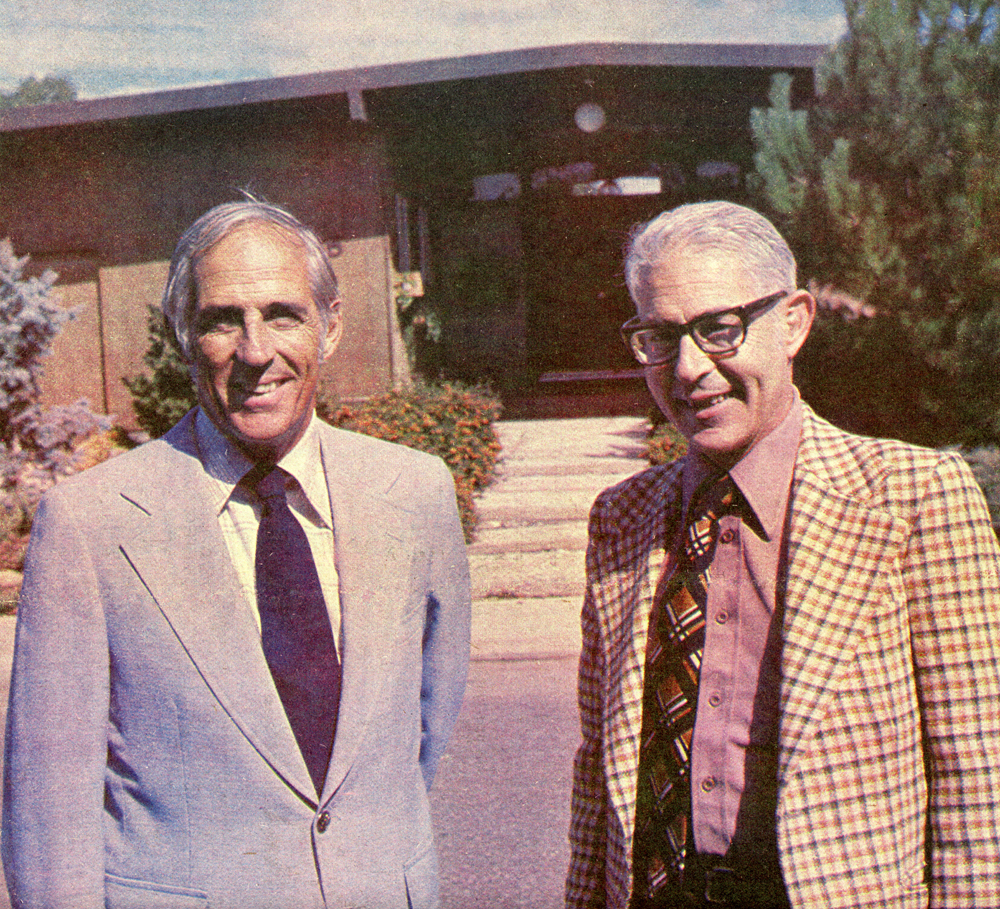Full Life of a Real Gentleman
 |
|
|
It is said that the measure of a man is in the legacy he leaves. And if that is so, then esteemed homebuilder Jim Streng's star is surely shining up there with the brightest.
"I've always had a warm spot in my heart for Jim," says Eichler Network publisher Marty Arbunich. "I'll remember him as a ray of sunshine, always so kind and gracious. He was a real gentleman, and had a way of sparking your day in a special way."
Streng, who passed away on June 1 at age 93, made his mark establishing Streng Bros. Homes, Inc. in 1958, partnering with his brother Bill. Together, they transformed the face of the Sacramento Valley by building more than 3,000 of the most unique mid-century modern homes.
"The Streng brothers ventured into areas most builders during those years wouldn't have considered—a real mix," comments historian and CA-Modern features editor Dave Weinstein.
 |
|
|
One of the most interesting aspects about the Strengs is the variety of buyers they tried to appeal to. "They built high-end homes right by the American River, then townhomes, the Evergreen Commons with a lot of attached houses, smaller houses built around pools, and the manufactured homes," says Weinstein.
"Don't forget they built those pyramid-shaped houses, seven or eight of them. I don't know of any other developer who did pyramid-shaped homes. They varied things up a bit."
Jim and Bill Streng broke the tract house mold when they began working creatively with architect Carter Sparks to produce some of the most imaginative home designs ever built.
An accomplished yet humble man, Jim didn't seek the spotlight. "It's interesting that he always felt that Carter Sparks deserved more of the credit than he and his brother did," comments Weinstein.
 |
|
|
"I heard him speak years ago when Sacramento Modern organized a whole event honoring the Streng Bros., and Jim spoke, trying to defer [credit and attention] to Carter Sparks."
Operating a building company smaller in size than Eichler Homes, Jim would stay in contact with many of the people living in his developments, remembering who lived in what house. "It was kind of a small-town operation," Weinstein says, "and Jim would periodically visit homeowners."




